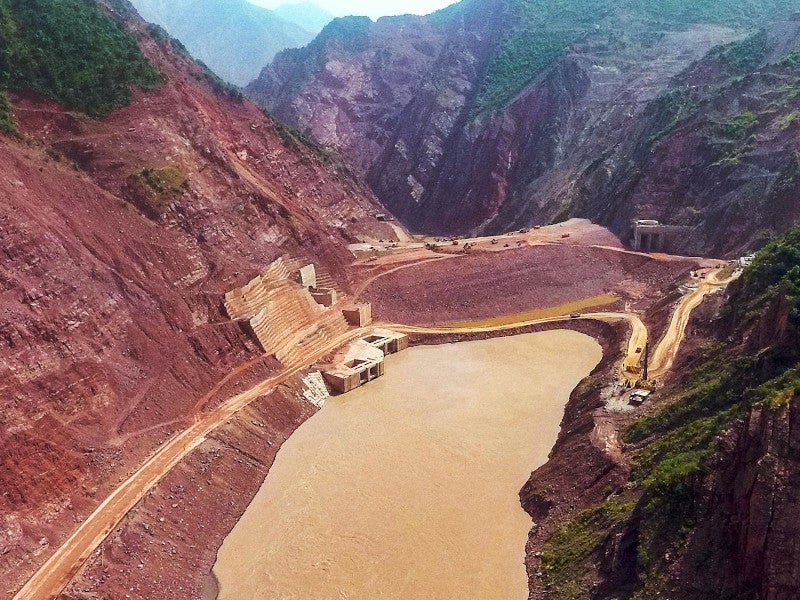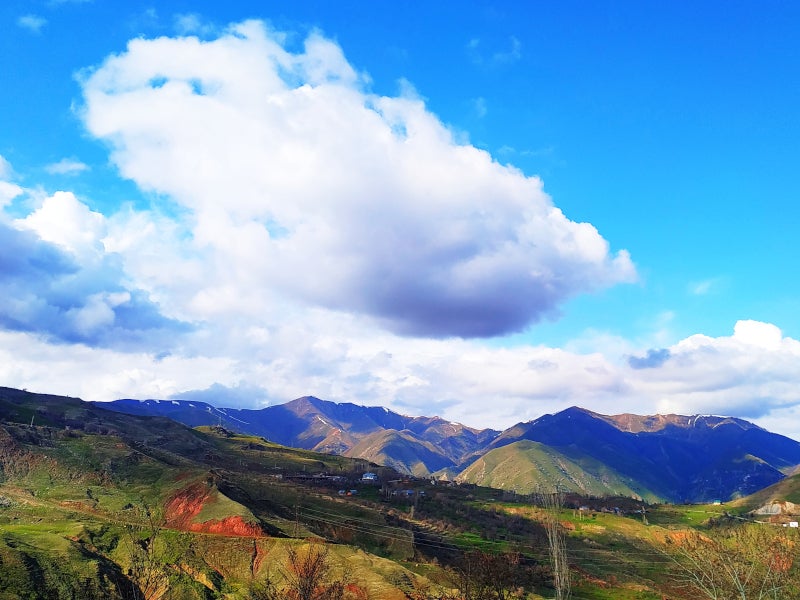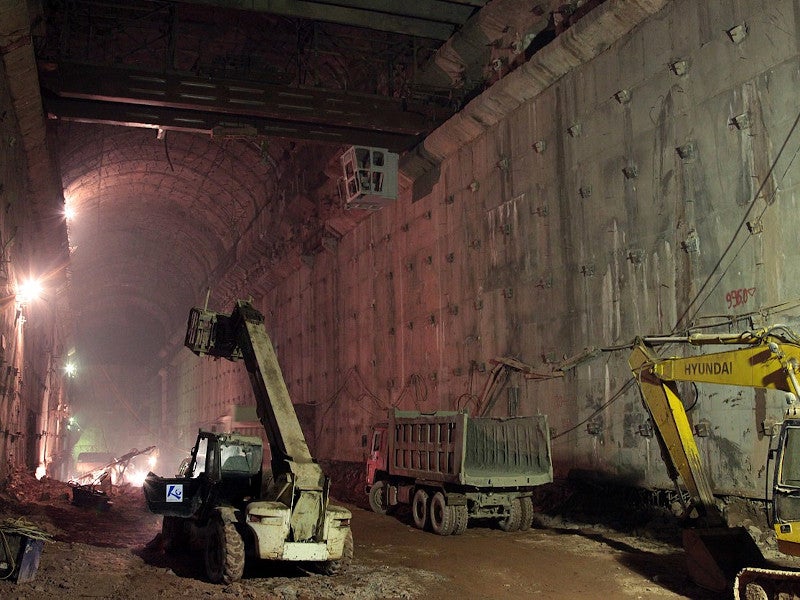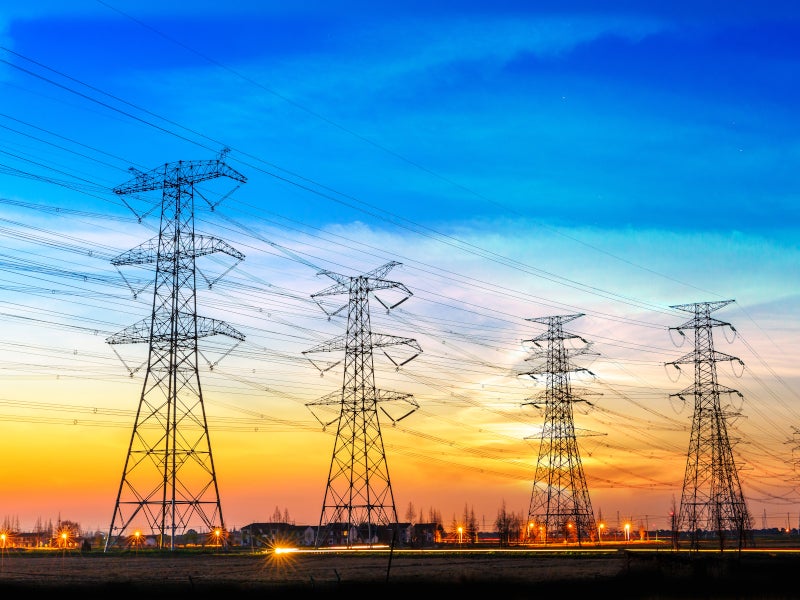The Rogun hydropower project is a 3.6GW run-of-the-river hydroelectric power facility under construction on the Vakhsh River in Tajikistan. Upon completion, it is expected to be the biggest hydropower station in Central Asia with the world’s tallest embankment dam.
The megaproject is being developed by state-controlled OJSC Rogun Hydropower Project (HPP) with an estimated investment of £3.1bn ($3.9bn).
Although construction works on the Rogun dam were initiated in 1976, the project was stalled for almost four decades due to various reasons including the disintegration of the Soviet Union, the Tajik civil war and the lack of funding.
The construction of the project resumed in 2016, while the first of the six planned generating units of the facility commenced operation in November 2018 followed by the commissioning of the second unit in September 2019.
Scheduled to achieve full operational capacity in 2028, the 3.6GW hydroelectric power station is expected to generate approximately 13,300GWh of clean and reliable electricity a year.
Location and site details
The Rogun hydropower project is located on the Amu-Darya’ tributary river Vakhsh in the Pamir mountain ranges, approximately 70km upstream of the Nurek hydroelectric power station which has been operational since 1980.
The dam site is located at a distance of approximately 6.5km from the Rogun town and approximately 110km away from Dushanbe, the capital city of Tajikistan.
Rogun hydropower project make-up
The Rogun hydropower station design includes a 335m-tall clay core rock-fill dam with a crest elevation of 1.3km above the sea level. It is expected to be the world’s tallest embankment dam structure surpassing the 305m-tall Jinping-I dam on the Yalong River in Sichuan, China that has been operational since 2013.
The Rogun dam will create a 110km2 reservoir with a total storage volume of approximately 13.3km3.
Measuring 220m-long, 69m-high, and 21m-wide, the underground powerhouse of the project will be equipped with six radial-axial turbine generator units of 600MW capacity each. The turbine units are designed to operate at a rated head of 245m.
Power evacuation
The electricity generated by the Rogun hydropower station was planned for evacuation through a 500kV high-voltage transmission line to the power grid of the Republic of Tajikistan.
The surplus power generated from the hydroelectric facility is proposed for export to Afghanistan and Pakistan through the CASA-1000 (Central Asia-South Asia) cross-border transmission line.
Rogun hydropower project development
The World Bank funded the techno-economic assessment study (TEAS), as well as the environmental and social impact assessment (ESIA) for the project that was completed in July 2014.
The engineering, procurement, and construction (EPC) contract for the project was awarded in 2016 and the construction works were restarted in the same year.
The construction of a cofferdam to facilitate the river diversion was completed in June 2017 and the Republic of Tajikistan issued its debut £390m ($500m) Eurobond to raise money for the £3.1bn ($3.9bn) project in the same year.
The first two units (Unit-6 and Unit-5) of the power station were commissioned in November 2018 and September 2019 respectively, with the completion of phase one construction of the main dam. The dam height was 75m when the first unit was brought into operation.
Contractors involved with the Rogun HPP
Italian engineering and construction company Salini Impregilo was awarded the EPC contract for the Rogun HPP in July 2016.
Ukraine’s state-run enterprises Turboatom and Electrotyazhmash are responsible for the design and supply of turbines and generators, respectively.
Salut Industrial Engineering Group was contracted to manufacture and supply the specialised equipment, tanks, and vessels for the water-turbine lubricating systems, while SGEM Group supplied the technological appliances and tools for the installation of hydro generator units.
Siemens was contracted to supply two gas-insulated high-voltage switchgear (GIS) for the Rogun power plant in August 2016.
A consortium of Coyne et Bellier of France, Italy’s Electroconsult and the UK’s IPA Advisory carried out the techno-economic assessment studies (TEAS) for the Rogun hydroelectric power project in 2014, while Switzerland-based Poyry Energy was engaged to conduct the environmental and social impact assessment (ESIA).






